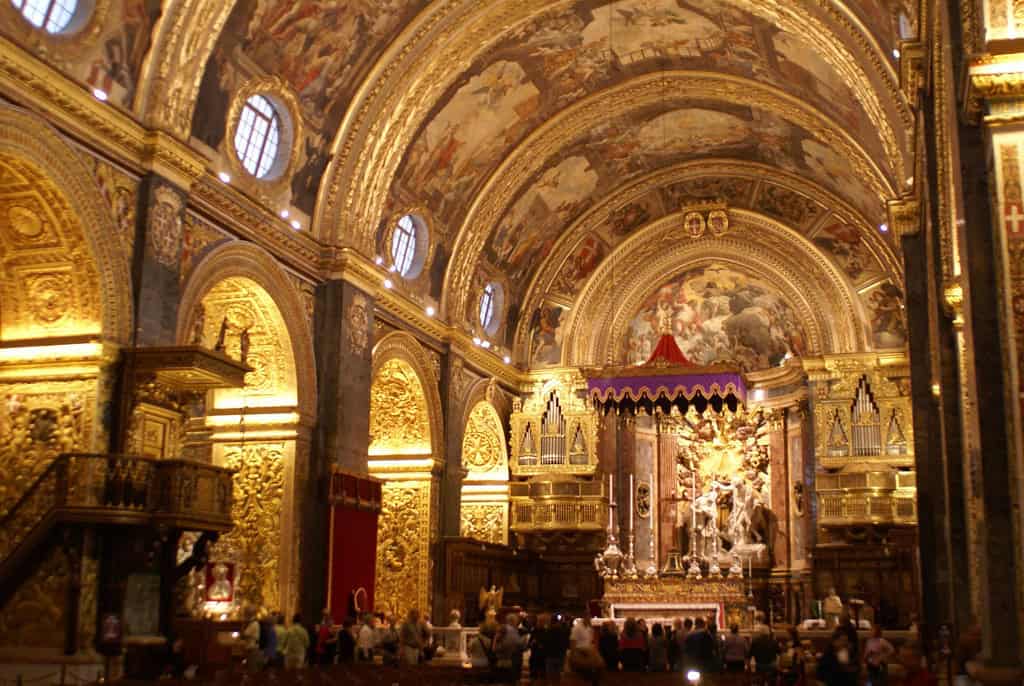
Caravaggio in Malta
When Caravaggio, a master of Italian Baroque painting, sought shelter in Malta in 1607, he brought with him a legacy of art that would immensely shape Maltese culture. Escaping the aftermath of a murder in Rome, he found temporary respite amongst the Knights of Malta, earning their favor and the distinction of being a member of the Order of St. John.
Yet, fortunes turned when he found himself imprisoned for violent conduct—further fueling the drama that surrounded his life and works. His artistic achievements during this tumultuous time, however, crafted an indelible mark on Malta’s art scene.
How long did Caravaggio live in Malta?
Caravaggio resided in Malta for approximately 15 months. This brief yet significant period, spanning from 1607 to 1608, allowed him to conceive and execute some of his most renowned masterpieces, deeply influencing the Baroque art movement on the island.
Why did Caravaggio leave Malta?
Despite receiving accolades and recognition, Caravaggio’s time in Malta came to a precipitous end. After less than a year, he was arrested and incarcerated due to an altercation that led to his arrest by the Knights. The details remain murky, but reports suggest a clash with another knight was the immediate cause. Caravaggio’s fiery temperament and penchant for violence, which had previously exiled him from Rome, once again set his fate. In a daring escape that reads like a tale of adventure, Caravaggio fled his cell in July 1608, leaving Malta behind in a haste to evade the consequences of his actions, ultimately seeking refuge in Sicily. This departure was not just an evasion of legal
retribution but also marked a significant transition in his life, as he continued to create masterpieces that reflected his turbulent existence.
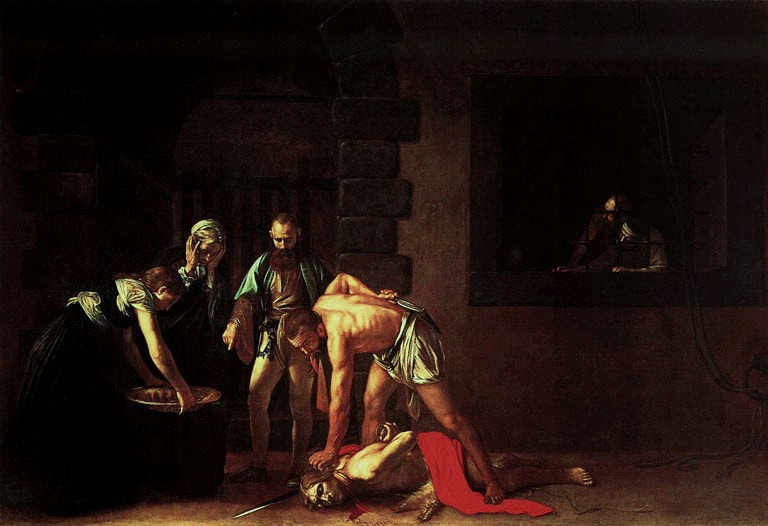
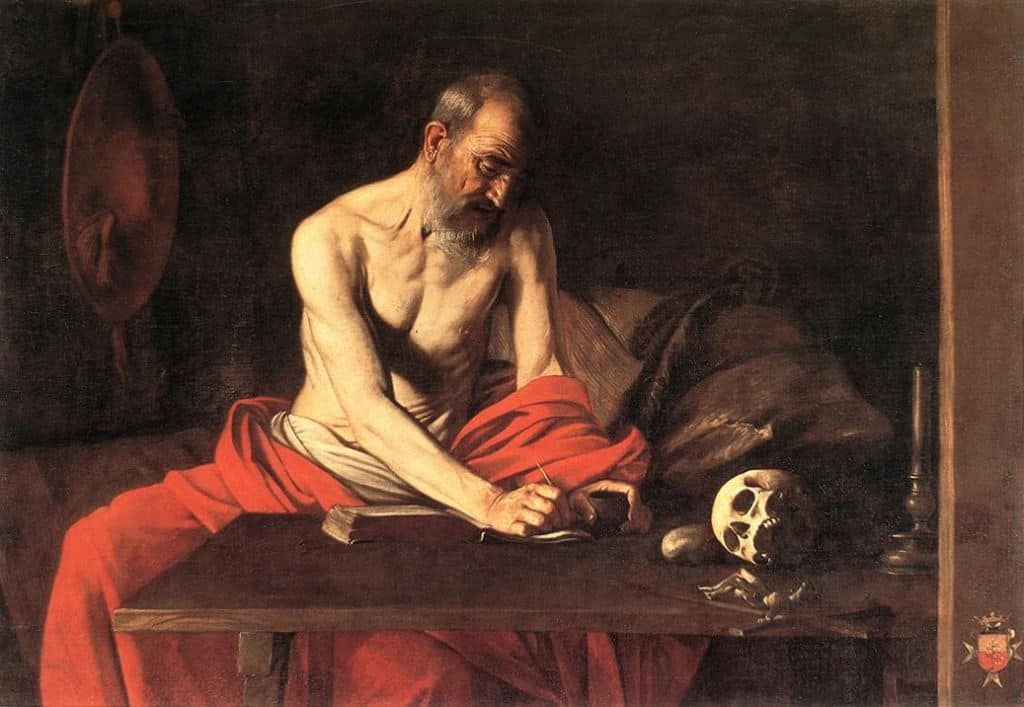
The Beheading of Saint John the Baptist, in St. John’s Co-Cathedral (Valletta)
Perhaps Caravaggio’s most renowned Maltese masterpiece, this painting is celebrated for its visceral portrayal and innovative chiaroscuro. It resides in St. John’s Co-Cathedral in Valletta as a stark rendition of martyrdom and human vulnerability.
Central Aspect of Art
The Beheading of Saint John the Baptist,” painted by Caravaggio, is a monumental oil painting that stands as a testament to the artist’s mastery over the chiaroscuro technique and his ability to convey intense emotion and drama. This work, created in 1608 and housed in St. John’s Co-Cathedral in La Valletta, Malta, measures approximately 3.7
meters by 5.2 meters, making it one of Caravaggio’s largest works.
A central aspect of this painting is its dramatic use of light and shadow, a hallmark of Caravaggio’s style. The composition centers on the moment of the execution of John the Baptist, with the executioner depicted in the act of completing his grim task. The figures are set against a dark background, with the light focusing on the central action, thus heightening the drama and emotional intensity of the scene.
Another significant aspect of this painting is its realism and the psychological depth of the characters portrayed. Caravaggio’s depiction of the figures reflects a profound understanding of human emotion. The horrified expression of Salome, who is present to receive the head of John the Baptist, and the varying reactions of the other bystanders,
add layers of complexity to the narrative. Notably, Caravaggio includes himself in the composition as one of the onlookers, further emphasizing the personal connection and reflection on mortality and redemption.
Furthermore, “The Beheading of Saint John the Baptist” is remarkable for being the only work signed by Caravaggio. He chose to sign his name in the blood flowing from the Baptist’s neck, an act that underscores the personal significance of this work to the artist and highlights his innovative spirit.
In summary, “The Beheading of Saint John the Baptist” by Caravaggio is a pivotal work that combines dramatic chiaroscuro, realistic portrayal of human emotions, and profound thematic depth. It stands as a powerful example of Caravaggio’s contribution to the Baroque period and his enduring influence on the history of art.
Artistic Analysis of The Beheading of Saint John the Baptist
This seminal work stands as a testament to Caravaggio’s virtuosity in manipulating light to theatrical effect, capturing the desolation of Saint John’s martyrdom with merciless clarity.
Its audacious shadow play not only magnetizes the eye but infuses the canvas with a transcendental ambiance. The hauntingly depicted expressions echo with an unsettling realism, transporting onlookers from mere spectators to vicarious participants in this harrowing tableau.
Where is St. John’s Co-Cathedral (Valletta) and how to reach
St. John’s Co-Cathedral is situated in the heart of Valletta, the capital city of Malta. This historic city, renowned for its cultural and architectural significance, was established in the 16th century. Visitors looking to marvel at Caravaggio’s masterpiece and explore the rich history of the cathedral can reach out to the cathedral’s visitor services for information on tours and opening hours. The Co-Cathedral is accessible via public transport or car, with various parking options available in and around the city center.
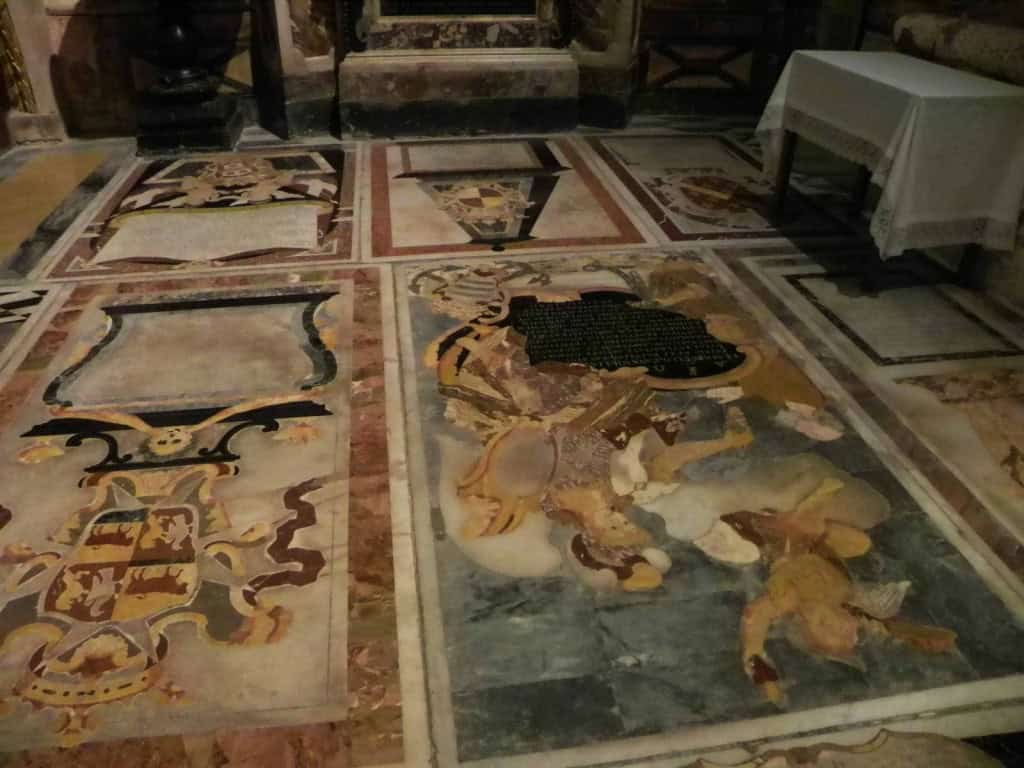
Saint Jerome Writing
An intimate depiction of the saint in contemplation, this work showcases Caravaggio’s ability to imbue stillness with profound meaning—a reflective piece located at St. John’s Co-Cathedral.
The Burial of Saint Lucy
Displayed at the Church of St. Lucia in Syracuse, Sicily, this artwork echoes the poignant drama prevalent in Caravaggio’s expressive oeuvre, reflecting his influence extending beyond Malta’s shores.
Artistic Influence
Caravaggio’s iconic chiaroscuro cast a long shadow over Malta’s art landscape, rendering a bold naturalism that redefined authenticity in religious depictions. His depiction of local life married with spiritual themes imbued Maltese art with a strong cultural narrative. The surge in altarpiece commissions testified to an eager embracement of his intense storytelling style. His artistic temperance catalyzed a burgeoning Baroque movement on the island, nurturing a unique Maltese artistic identity.
Mattia Preti’s Role in Proliferating Caravaggio’s Influence
Mattia Preti arrived on Maltese shores carrying the torch of Baroque artistry. Molded by Caravaggio’s luminescent vision, Preti propagated the chiaroscuro technique with fervor, further ingraining the Baroque ethos into Malta’s artistic tapestry. His legacy was a fusion of Caravaggio’s spectral light with his own narrative flair—a continuing conversation between master and acolyte etched onto Malta’s ecclesiastical canvases.
Conclusion
The symbiosis between Caravaggio’s tumultuous vignettes and Malta’s nascent cultural identity transformed the island into a crucible for Baroque innovation. From the shadows of Caravaggio’s sanctuary emerged a bequest of artistic fervor that continues to shape Malta’s historical narrative, ensuring that the light—the chiaroscuro cast by a fleeing master—never dimmed.

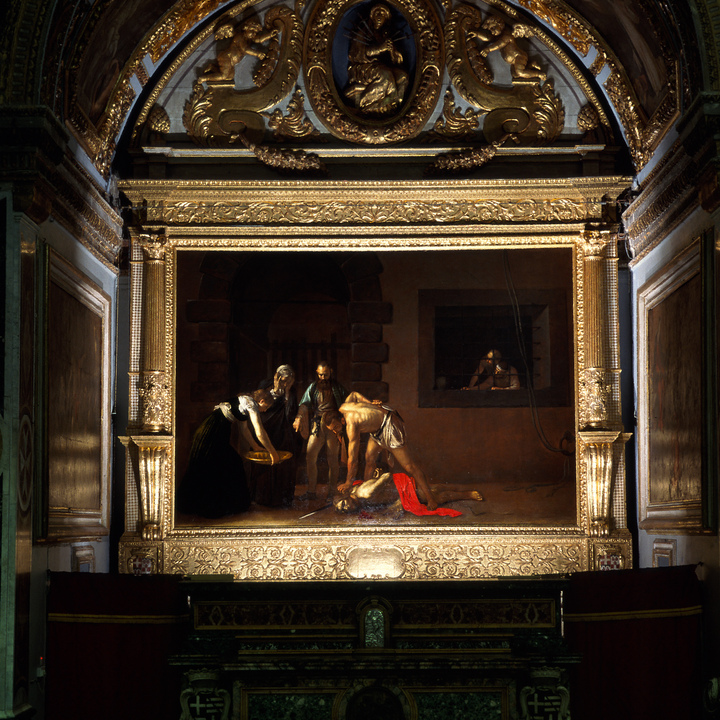


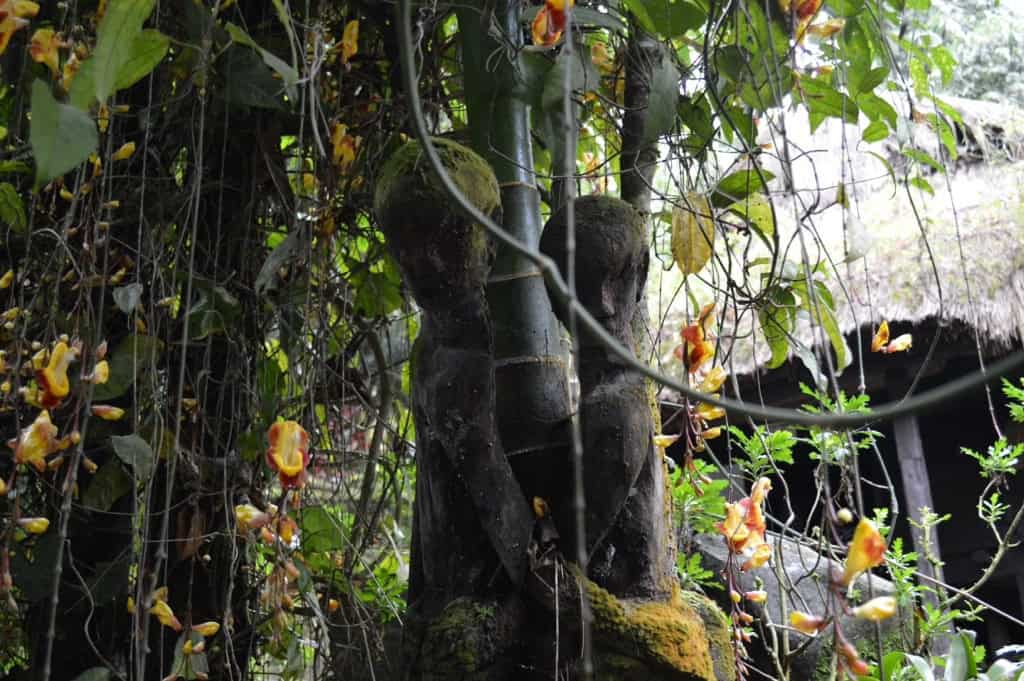
No Comments